The Victorian era was a time of progress and industrialisation, and yet a yearning for the romance and tranquility of the past permeated society. This duality found its expression in the gardens of the time, which embraced both structured formalism and wild abandon. It was a marriage of aesthetics, combining the meticulous geometry of parterres and topiaries to create formal gardens, with the untamed profusion of colourful blooms and meandering paths to give those formal gardens some soft edges.
How to create your own Victorian garden
The most enduring traditions of Victorian garden design are detailed below, along with advice on how you might incorporate them into your outdoor space.
To recreate a Victorian-inspired garden, one must first embrace the concept of controlled disorder. The idea is not to create a garden that is manicured to within an inch of its life, but rather to strike a delicate balance between structure and nature's unruly hand. Start by selecting a variety of plant species that were popular during the Victorian era. Roses, hydrangeas, dahlias, delphiniums, and hollyhocks are all excellent choices that evoke the romance and nostalgia of the time.
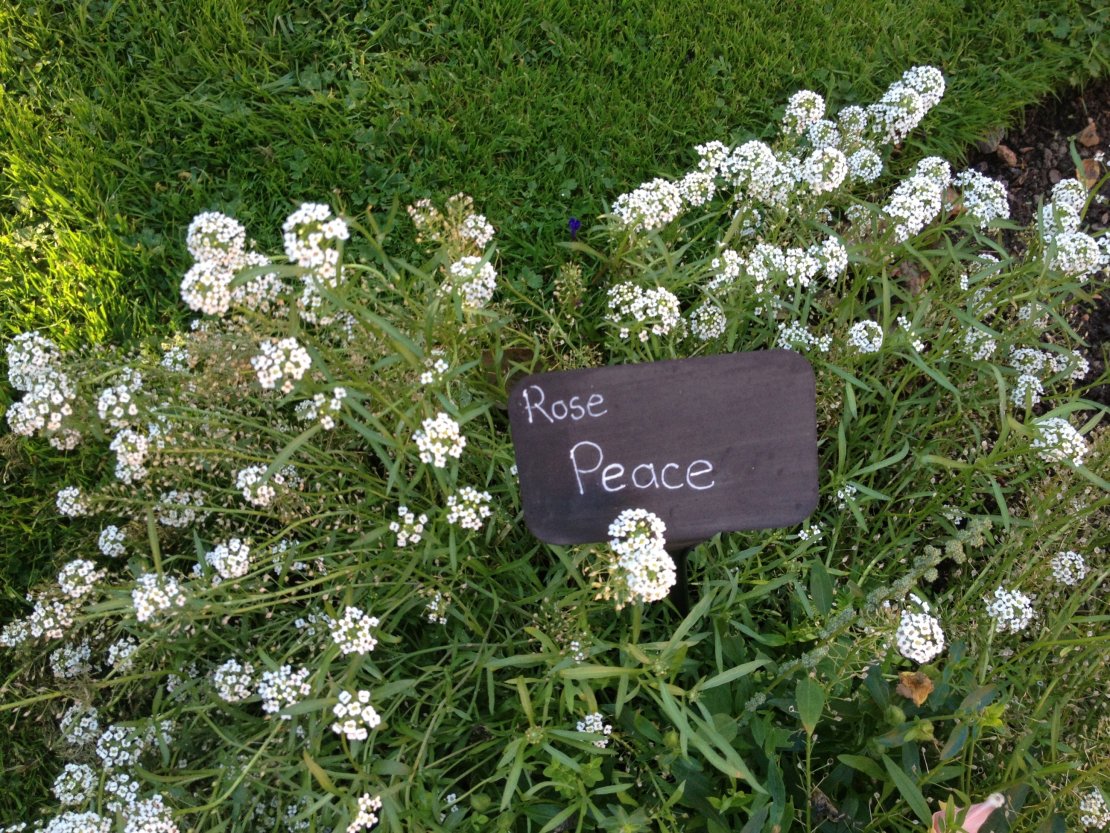
Topiary and the Greens That Have Been Clipped
When it comes to layout, symmetry and order are key. Victorian gardens often featured geometric shapes and precise divisions of space. Consider incorporating elements such as formal hedges, pathways, and flower beds laid out in symmetrical patterns.
In Victorian gardens, it was customary to have elaborately shaped hedges and greenery that had been neatly manicured. Historically, the topiary was considered a sign of one's social standing because of its use as a formal component in the gardens of great estates.
If you do not want to invest the time or cost to deal with the routine maintenance of topiary, you might want to think about adding plants to your garden that keep their symmetrical forms even without being trimmed, such as round shrubs.
Intricate ironwork, gazebos, and trellises can provide architectural focal points, adding a touch of grandeur to the overall design. Cast iron gates and wall top cast iron railings can provide a formal divider between your garden and the outside world. A garden gate can be matched in with driveway gates if you have a driveway. Cast iron is preferable to wrought iron as it is a more typically Victorian material where intricate patterns can be created in the castings to replicate plants.
A Victorian bench provides a vantage point from which the gardener can survey his or her work and visitors can appreciate the work the gardener has invested and their exquisite horticultural prowess. Geometric tiles are often used to create decorative garden paths with rope edging to separate these orderly paths from exotic flower beds. Garden tiles can match in with porch tiles so that the geometric theme travels from the garden into the house. These tiles once installed are low maintenance being easy to clean and generally do not even need to be sealed. Stone paths can be created where a more rustic feel is required.
Plants from tropical and other exotic regions
As a result of exploration and travel, gardeners had more access to a variety of new and distinctive plant species from all over the world.
While plant breeders experimented with new plant varieties, plant explorers travelled the world in search of new and exotic plant species, collecting seeds and specimens that might be preserved in glass and displayed at home or in a glass conservatory on the estate.
Gardens gained an aura of mystery and allure when tropical plants, particularly ferns, were incorporated into their design. Pteridomania, sometimes known as "fern fever," reached its pinnacle in the middle of the 1800s along with other Victorian plants that were famously used.
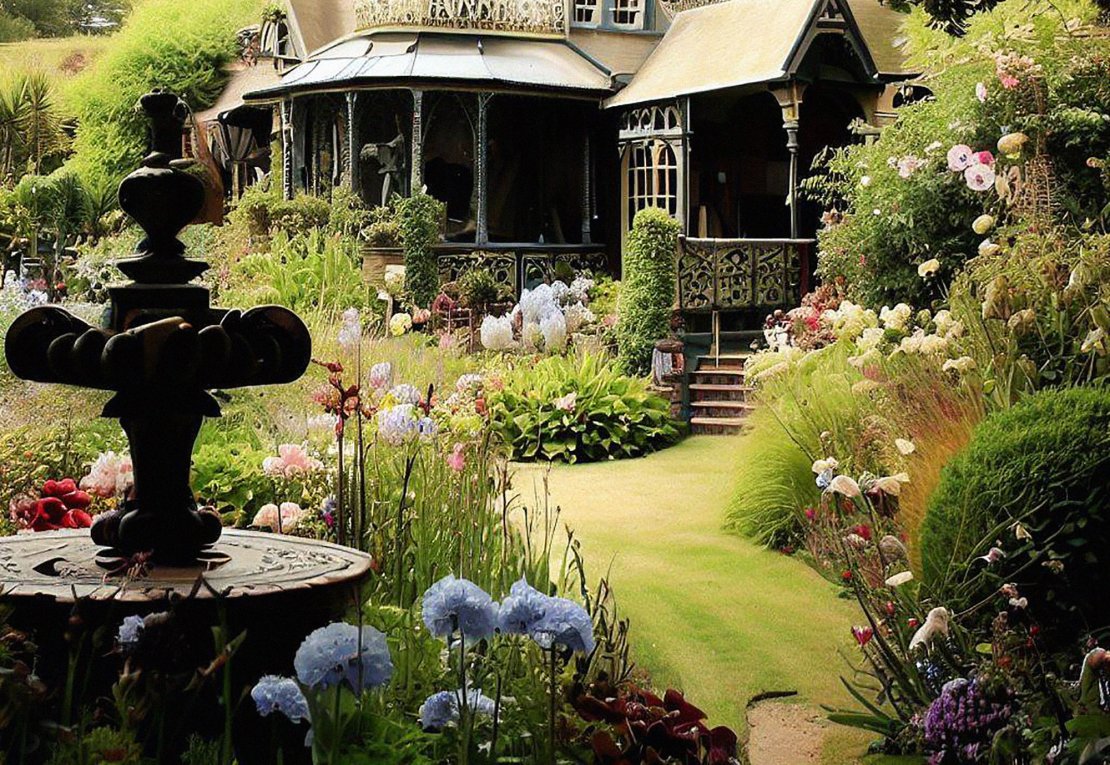
While the Victorian era was marked by the arrival of new plant species from around the world, it is important to remember that restraint was exercised in their use. Rather than overwhelming the garden with an indiscriminate mishmash of exotic flora, the Victorians had a knack for curating a selection of plants that would harmoniously coexist. Choose a limited colour palette and aim for a sense of unity. Soft pastels and whites were favoured during this period, with bursts of vibrant hues reserved for carefully placed accents.
To truly embrace the Victorian spirit, don't shy away from embracing the wild side of nature. Allow climbers to scale the walls and entwine themselves around arbors, giving the impression of a garden that has gracefully surrendered to the forces of the natural world.
Plant in the style of a cottage garden.
The Victorians had a soft spot for country living, and as a result, their cottage gardens were overflowing with lush vegetation and a riot of brightly coloured flowers. The most important characteristic of a Victorian cottage garden is a profusion of plants native to cottage gardens that are delightfully crowded together, focusing more on the flowers than on the leaves.
A fine example of the archetypal cottage garden may be found at Hardy's Cottage in Dorset, the birthplace of the author Thomas Hardy.
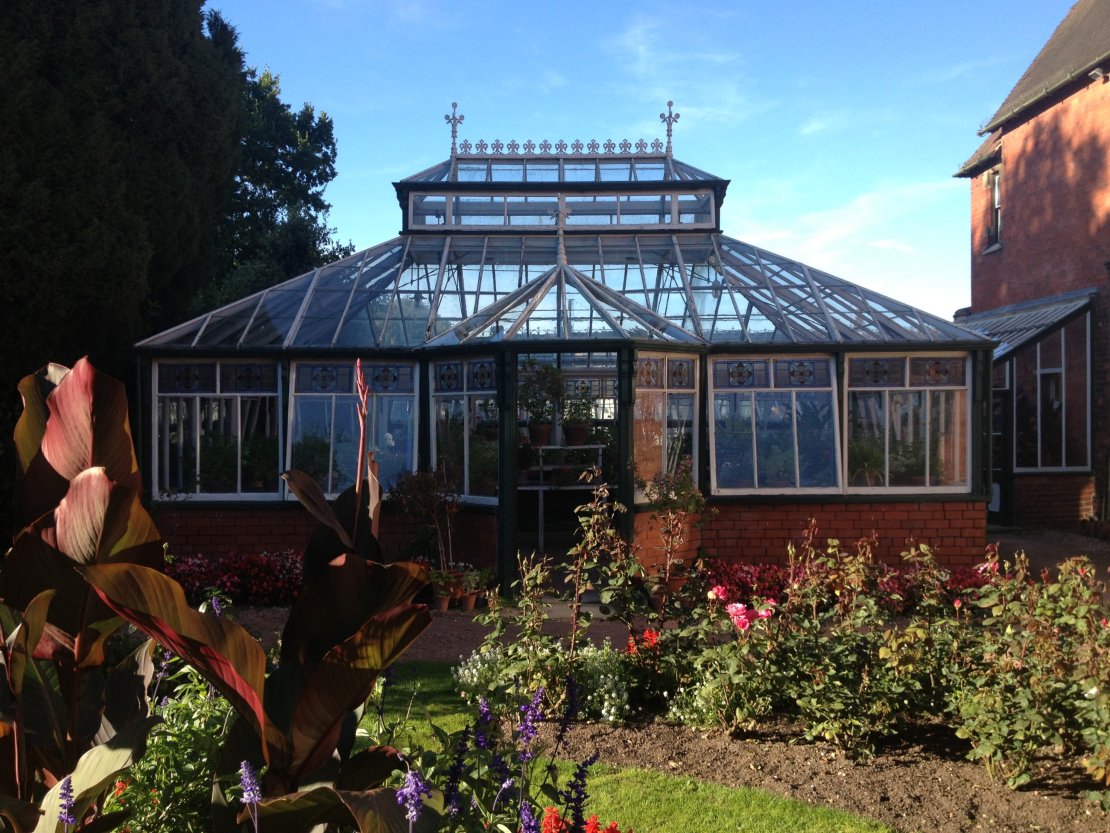
Water Features
Water features were also a beloved element in Victorian formal gardens, adding both visual interest and a touch of tranquility. Consider incorporating a small pond or fountain, perhaps adorned with water lilies or other aquatic plants. The soft sound of trickling water can transport you back to an era of leisurely strolls and whispered conversations amidst a backdrop of fragrant blooms.
Creating a Victorian-inspired garden is a labour of love, a homage to an era that revelled in the beauty and intricacy of the natural world. It is an invitation to wander through time, where the boundaries between human artifice and nature's wild embrace become blurred. So, step into the past, embrace the delicate chaos, and allow your garden to become a sanctuary that celebrates the rich tapestry of Victorian sensibilities.
To glean a wealth of Victorian garden ideas, the National Trust properties offer a wealth of viewing opportunities.
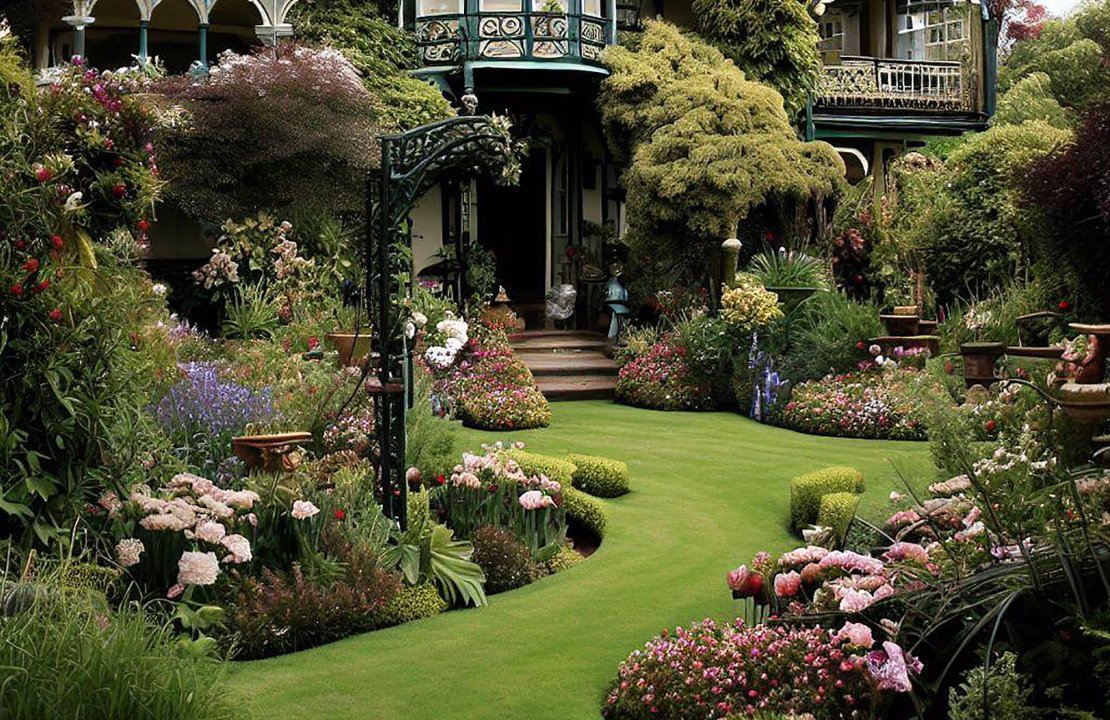
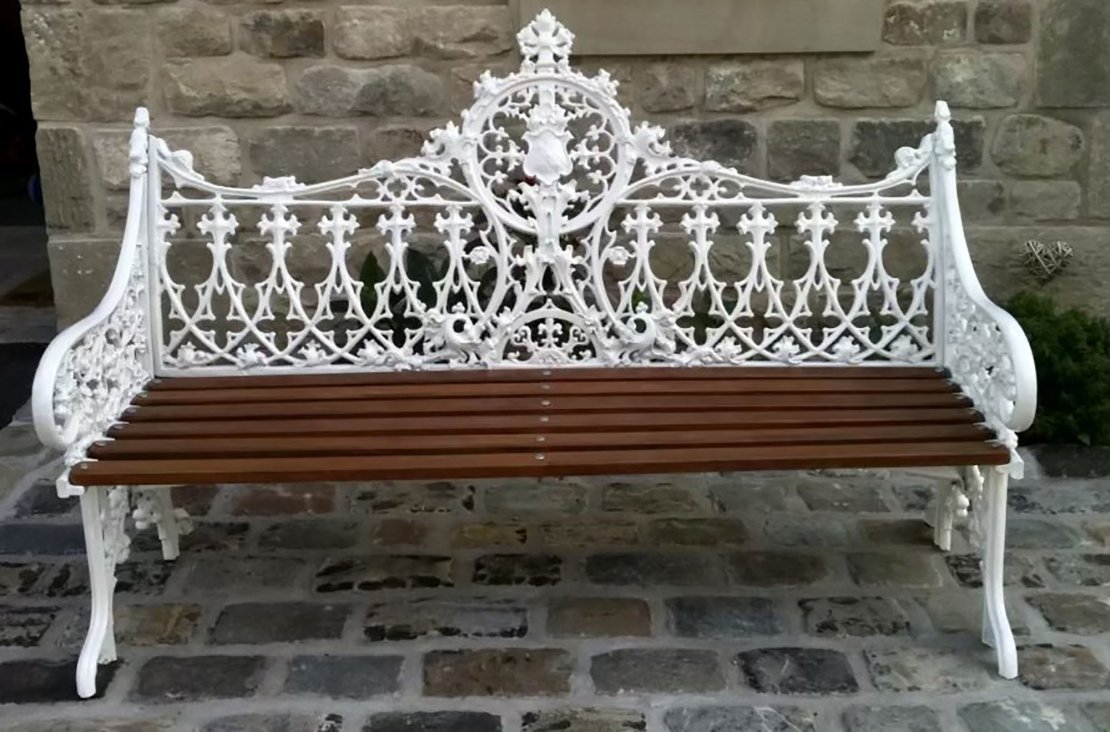

Be the first to add a comment...